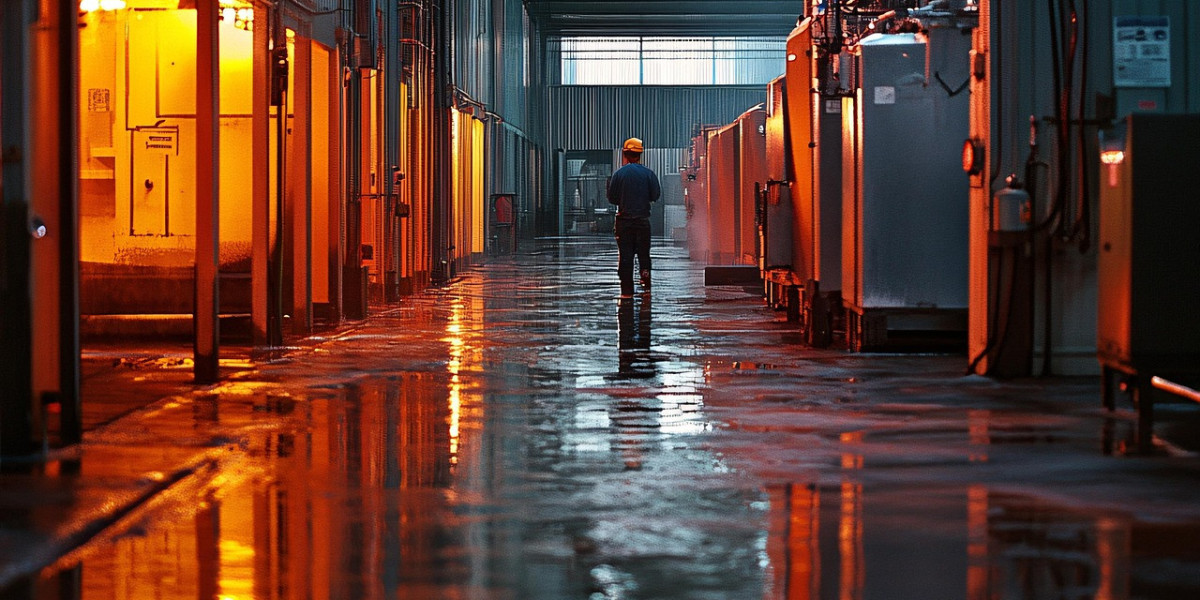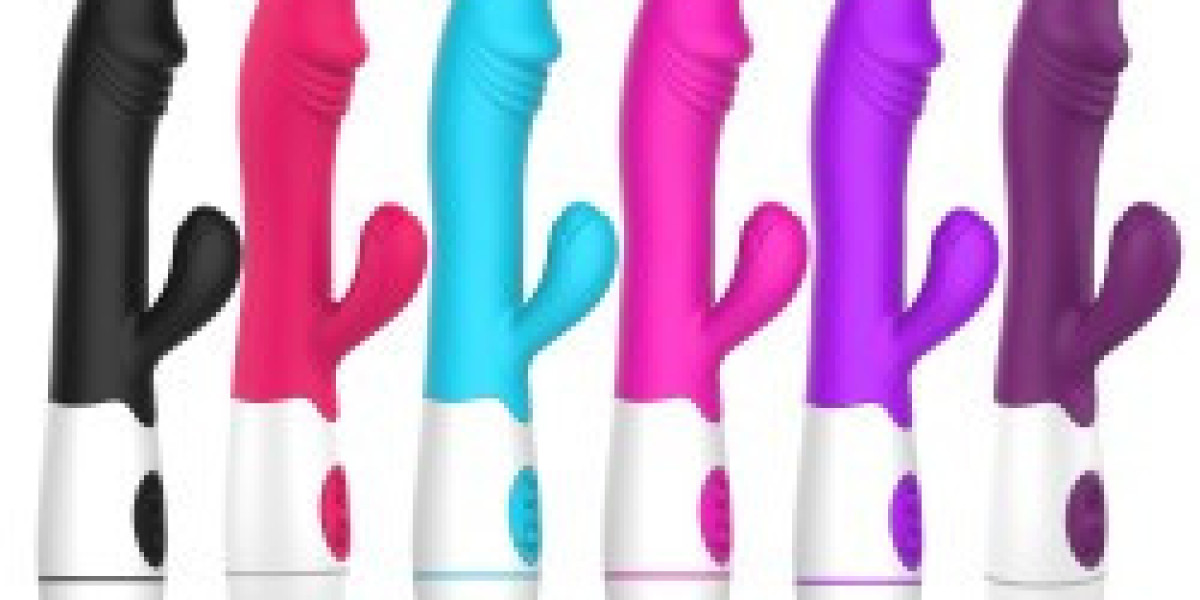The industrial coating market is experiencing significant growth across various end-use industries, with packaging emerging as a key area of application. As global supply chains expand and sustainability standards rise, the demand for protective, functional, and visually appealing coatings in the packaging sector is growing rapidly. Industrial coatings enhance the durability, safety, and performance of packaging materials, especially in high-demand segments like food and beverage, pharmaceuticals, chemicals, and consumer goods.
From metal cans and plastic containers to flexible films and glass packaging, industrial coatings play an essential role in improving shelf life, ensuring regulatory compliance, and enhancing brand presentation. Their contribution is increasingly indispensable as companies look to minimize waste, optimize recyclability, and maintain product integrity throughout logistics and storage.
Role of Industrial Coatings in Packaging
Industrial coatings are applied to packaging substrates to serve several functions, including:
Barrier Protection: Coatings provide an effective barrier against moisture, oxygen, light, and chemicals, which is critical in preserving the freshness and safety of consumable products.
Corrosion Resistance: For metal packaging like cans and drums, coatings prevent rust and metal leaching, ensuring long-term durability and safety.
Chemical Resistance: Coatings protect the packaging from degradation caused by contact with corrosive or reactive substances, especially in pharmaceutical and chemical applications.
Aesthetic Appeal: Coatings can improve gloss, texture, and color retention, making packaging more attractive to consumers.
Functionality: Smart coatings can offer heat resistance, UV protection, antimicrobial properties, and easy-peel features, adding value to packaging solutions.
These functions make coatings not just a protective layer but an enabler of performance and branding across the packaging value chain.
Food and Beverage Packaging
The food and beverage industry is the largest user of packaging coatings. Products like canned vegetables, beverages, snacks, and dairy require packaging that meets both food safety standards and extended shelf life requirements. Industrial coatings are used on tinplate and aluminum cans, Tetra Paks, and plastic containers to prevent contamination and preserve flavor.
Water-based and BPA-free epoxy coatings are gaining popularity due to rising health and environmental concerns. Furthermore, clear coatings are widely applied for visibility and aesthetic appeal, helping brands showcase product quality on the shelf.
Pharmaceutical and Healthcare Packaging
In the pharmaceutical sector, industrial coatings are essential for maintaining the sterility and integrity of medications and medical devices. Blister packs, glass vials, plastic bottles, and foil laminates are coated to prevent light penetration, chemical degradation, and microbial contamination.
With increasing regulatory scrutiny and the need for tamper-proof packaging, coatings used in this sector must meet strict performance criteria. Innovations include antimicrobial coatings, anti-counterfeiting films, and moisture-proof barriers that ensure safe transport and usage of life-saving products.
Chemical and Industrial Goods Packaging
Chemical products require containers and drums capable of withstanding aggressive solvents, acids, or bases. Industrial coatings protect the packaging from chemical attack, prevent leakage, and enhance safety during transport and storage.
Epoxy and polyurethane coatings are frequently used in steel and plastic drums to provide chemical resistance and corrosion protection. These coatings also improve the reusability and lifespan of industrial packaging, helping companies reduce costs and environmental impact.
E-commerce and Consumer Goods
With the rise of e-commerce, packaging needs to balance durability, appearance, and sustainability. Industrial coatings are increasingly used in paperboard, corrugated boxes, and plastic films to enhance tear resistance, weatherproofing, and print quality.
Anti-scratch, anti-fog, and anti-static coatings are gaining traction for electronics and cosmetics packaging, where product integrity and presentation are crucial. These specialty coatings help brands differentiate their products in a crowded online retail environment.
Trends Shaping the Market
Several key trends are influencing the growth and development of industrial coatings in packaging:
Sustainability and Compliance: Demand for low-VOC, BPA-free, and recyclable coatings is increasing in response to environmental regulations and consumer preferences.
Smart Packaging: The integration of sensor-enabled and responsive coatings offers interactive features such as freshness indicators or tamper alerts.
Nano-Coatings: These provide ultra-thin, high-performance layers for advanced barrier protection without compromising recyclability or transparency.
Customization: Coating manufacturers are offering tailored solutions based on substrate type, end-use application, and regulatory requirements.
Regional Insights
Developed regions such as North America and Europe are emphasizing sustainable and compliant packaging coatings, with major investments in research and innovation. Meanwhile, emerging economies in Asia-Pacific and Latin America are witnessing rapid growth due to increased consumption of packaged foods, beverages, and pharmaceuticals. The availability of raw materials and rising industrialization also contribute to regional expansion.
Conclusion
Industrial coatings are a crucial component in the global packaging ecosystem, enabling safer, longer-lasting, and visually appealing packaging solutions. As industries face growing demands for sustainability, safety, and performance, the packaging segment within the industrial coating market is set to grow steadily. With advancements in material science and increasing customization, industrial coatings will continue to add value across diverse packaging applications.








